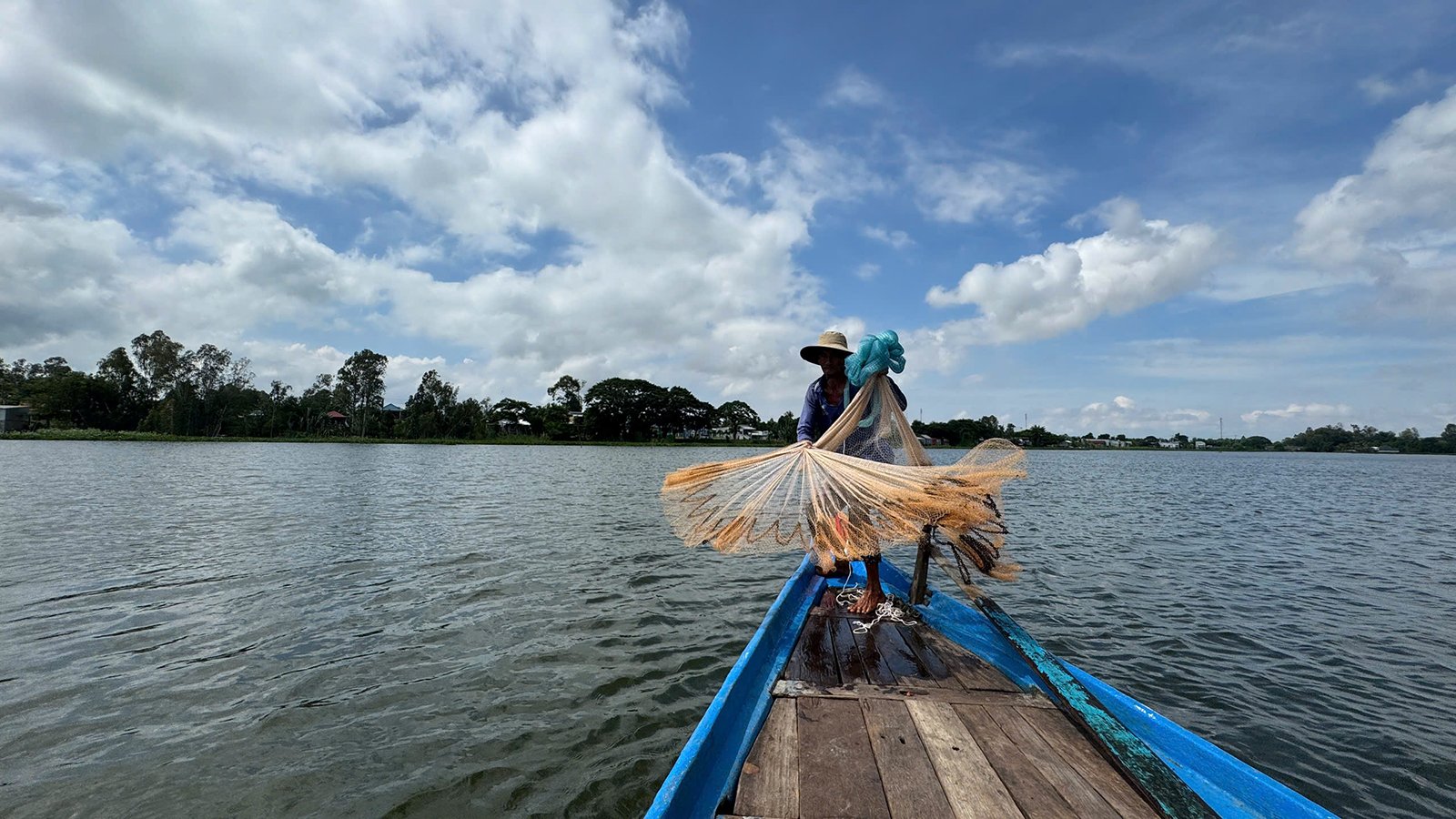
Fishermen catch fish in Binh Thien lagoon. Photo: TRONG NGHIA
I was born in the U Minh forest, familiar with the smell of smoke from the fields and the color of the mud. However, when I set foot in the Khanh Binh border area, where the floodwaters covered the fields, I still felt my heart tremble like a child joyfully seeing a river for the first time. Before my eyes, Binh Thien lagoon opened up a flat sky like a mirror, the wind blew gently like someone's hand stroking my hair. The water was a gentle, deep blue, making me feel like I was looking into the clear eyes of this very land.
That morning, I went with some reporters from An Giang Province Newspaper and Radio - Television to the border area of Khanh Binh Commune to work. The guide was Mr. Pham Thanh Loi - Head of the Culture - Society Department of Khanh Binh Commune, small in stature, soft-spoken, with a gentle smile like the wind in the fields. Seeing me looking down at the blue water, he said: "The blue water of the lagoon is due to the special terrain. It connects with Binh Di River (Binh Ghi) at the small creek near C3 Bridge on Provincial Road 957. Out there, the water is dyed red with alluvium, but inside the lagoon, it is calm as if it is breathing." I listened, nodded, but still wanted to see with my own eyes the connections of nature that he talked about.
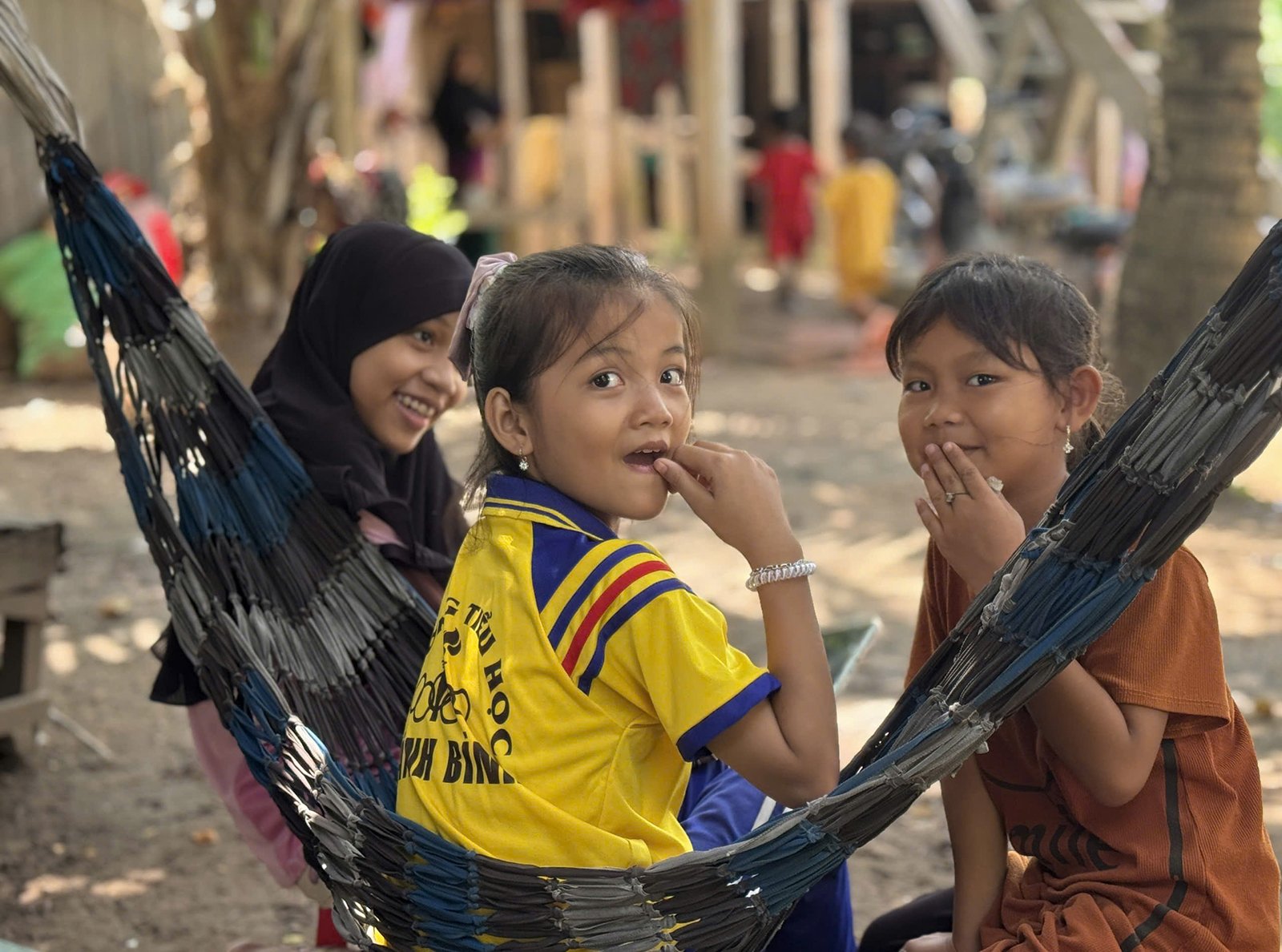
Children in Cham village. Photo: TRONG NGHI
Our group traveled by 7-seat car. The car ran along provincial road 957, the C3 bridge appeared simply. Below, the Binh Di river rolled, while the mouth of the lagoon was as calm as silk. The boundary between the two different colored bodies of water was as clear as a knife cut on a fish's flesh. I suddenly thought of the locals' call "Bung Lon". "Bung", in the Southern dialect, is a low-lying area with a lot of water. The elders said that "Bung" is originally Khmer, meaning a low-lying area rich in fish and shrimp. Bung Binh Thien consists of 2 parts: Bung Lon has an average water surface area of more than 190 hectares, about 6 meters deep; and Bung Nho is about 10 hectares, 5 meters deep. Both are located within the boundaries of Nhon Hoi and Khanh Binh communes now.
Legend has it that at the end of the 18th century, during a severe drought, a Tay Son general, some say Lord Nguyen Anh, while marching through here, stuck his sword into the ground and prayed to heaven for water, and the water surged up and soon became a clear lake. Regardless of who it was, those stories still nurture the gentle faith of the river dwellers. People believe that the lake keeps its water as if it were keeping an oath. As for me, standing before that intact green space, I only felt my heart light as if I had just touched the silence of a breathing legend.
Our first experience in Binh Thien lagoon was sitting on a boat with fisherman Chau Li, 58 years old, a Cham ethnic group, who has spent his whole life fishing. The small wooden boat swayed among the water hyacinths along the shore. Chau Li, while steering, told us: “My wife and I have no fields, we depend on the lagoon to raise our 5 children. Every day we catch a few kilos of fish, enough to live, as long as the children can go to school.” His voice was slow and gentle like water. I heard in it the north wind of the low tide season and the warmth of the people quietly clinging to the shore.
He said that in the past there were many big fish, but now there are only a dozen households that still fish. On the boat, he showed me each knot and each type of net mesh according to the tide and fish species. His hands were nimble, and while working he said: “The net must be soft, otherwise the fish will smell like humans and hide when they touch it.” I tried pulling it, the net brushed through the seaweed, the water was cool, the smell of algae was like the smell of young sticky rice. A few tiny linh fish and toad fish sparkled in the mesh. I asked if I was afraid that tomorrow the net would have few fish, he looked into the distance and said: “If there are few fish, we will keep the water, teach children to love the net. The season for releasing fish fry, the season for cleaning up trash, the season for avoiding shallow nets. What God gives, God keeps, we must also keep with God.” I understand, here livelihood and belief flow together.
At noon, Mr. Loi took me to Bung Nho hamlet, Khanh Binh commune, stopping at the porch of Mr. Le Van Nhan's house. This year, at the age of 70, his skin is tanned, but Mr. Nhan's voice is still clear. He tells stories about the Bung hamlet as if he were telling about the harvest. "When I was a young man, this hamlet was lit up with fishing lights every night. Fish swam all the way to the bottom of the floor. Now we can still live thanks to Bung, but we have to preserve it." He mentioned the story of the government releasing fish fry every year, the story of people gathering together to clean up trash along the banks. His eyes lit up when he heard about eco- tourism being linked to people's lives. "As long as it's not noisy, doesn't disturb people's lives, doesn't muddy the Bung water, that's fine," Mr. Nhan said. I looked at his chapped hands, seeing in them a gentle yet strong way of thinking like a boat's anchor rope.
In the afternoon, passing through the stilt houses on the banks of the lagoon, I heard the echoes of prayers from the Cham village mosque. The prayers sounded like a breeze blowing through the rows of sesbania flowers around the lagoon, rhythmic and distant, evoking an indescribable stillness. From afar, the white ao dai of the women, the headscarves fluttering in the wind, mixed with the footsteps of children playing in the lagoon. In this place, the Cham and Kinh villages are always close together, their affection is as strong as two streams flowing into the same stream. The person who told me about life there was Mr. Ha Ri Gia, 63 years old, a Cham ethnic, living in Binh Di hamlet, Khanh Binh commune. He is proud to have 25 years of Party membership, and has worked in the hamlet for many years. He spoke slowly but firmly: “We believe in each other. We believe in the Party, the government. We believe in the scriptures. We believe in this lagoon.” He smiled gently, his silver beard swaying gently in the north wind.
In just one field trip, Mr. Loi helped me understand many things about Binh Thien lagoon. I asked him about its potential and worries, Mr. Loi said: "Many visitors come here and love the green color of the lagoon. They love the neat meal on the boat with linh fish stewed with sugarcane, sour soup with sesban flowers, and lotus flowers." Then he slowed down: "But doing tourism requires being smart to preserve the water surface, preserve livelihoods, and maintain the way of life." Mr. Loi mentioned planning, conservation, and the development of cultural and ecological tourism, connecting the Bay Nui and Ba Chua Xu Temple routes on Sam mountain. I asked: "Are you afraid that tomorrow it will be too crowded and the lagoon will lose its quietness?" Mr. Loi smiled: "Only by keeping it quiet can you do tourism." That short statement I remember for a long time. In many places, people easily get drunk with the hustle and bustle, but Binh Thien lagoon is beautiful because it is quiet, strange because it is quiet, and livable because it is quiet. That quietness is a valuable asset that needs to be preserved when thinking about long-term business. I suddenly remembered Uncle Nhan's words: "Don't muddy the waters."
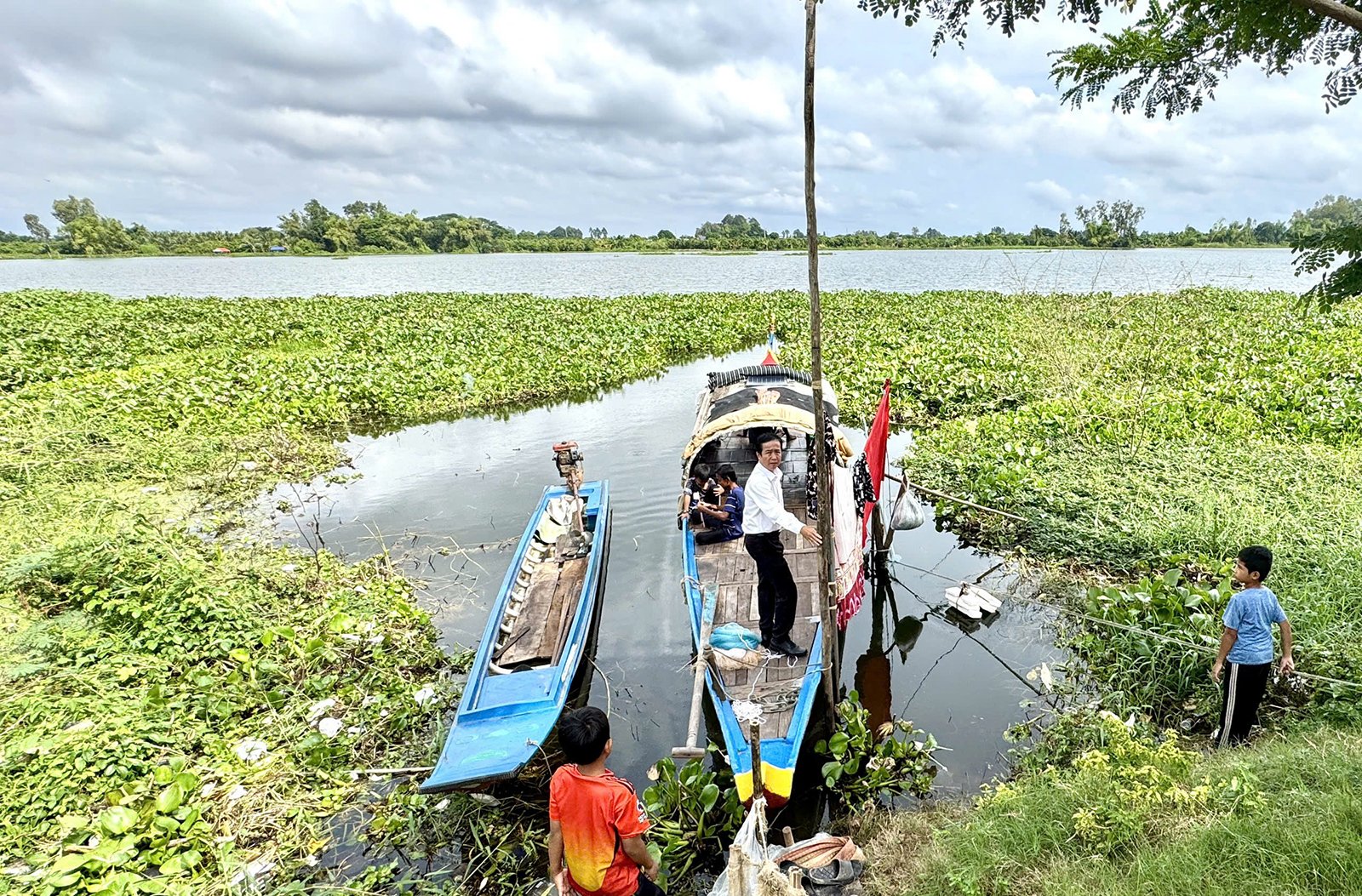
Get on the boat to Binh Thien lagoon. Photo: TRONG NGHIA
In the afternoon, I was unexpectedly invited to dinner on a raft with a simple roof. The raft owner smiled and said while steering: "Let's drift a bit, let the wind cool you down." The dinner was simple, full of local specialties: grilled snakehead fish, fried lemongrass-marinated snakehead fish, boiled apple snails, crispy carp hotpot, and a bowl of thick tamarind fish sauce. On the raft, the meal seemed to have less of the smell of kitchen smoke and more of the smell of wind. The dishes and chopsticks clattered, as light as the sound of early season rain. Someone started to sing. A few songs, a few playful vọng cổ verses. The afternoon shadows gradually purpled the water. The sun fell on the edge of the forest, streaks of light spreading out as if someone had flicked a last brush stroke. The boat drifted with the wind. The surface of the raft was dark with the color of ripe wine.
Our group left Khanh Binh commune, left Binh Thien lagoon when night began to fall. On the night bus back to Rach Gia, I still heard the melodies of vọng cổ, a song composed by Mr. Doan Binh Lam - Secretary of Khanh Binh commune Party Committee, inspired by Binh Thien lagoon. It reminded me that writing about Binh Thien lagoon is not to praise in vain but to remind us to preserve: Preserve water, preserve fish, preserve livelihood; preserve Cham culture, stilt houses, and the way of life of the Kinh people; preserve mutual reliance in the community; preserve the tranquility of the water surface; preserve the "heavenly lake" in the heart of each person in the upstream land so that whoever goes, wherever they return, will feel that they have anchored in a peaceful place.
As I sit down to write this article, I still remember the emotional and nostalgic late afternoon when I said goodbye to the members of the Standing Committee of the Party Committee and the People's Committee of Khanh Binh commune. In my memory, the surface of Binh Thien lagoon still retains its original green color. There is an image of a stork spreading its white wings across the sky, and a child bending down to wash his hands on the edge of the bridge. There are beauties that do not need to be hastily named. They patiently remain in my memory like a small boat anchored to a bamboo pole, waiting for the tide to rise before continuing. And who knows, in each person, there is still a Binh Thien lagoon like that - a clear stretch of water to reflect on one's heart.
Dignity
Source: https://baoangiang.com.vn/bong-nuoc-troi-noi-dau-nguon-a465282.html




![[Photo] Flooding on the right side of the gate, entrance to Hue Citadel](https://vphoto.vietnam.vn/thumb/1200x675/vietnam/resource/IMAGE/2025/10/28/1761660788143_ndo_br_gen-h-z7165069467254-74c71c36d0cb396744b678cec80552f0-2-jpg.webp)
![[Photo] Prime Minister Pham Minh Chinh chaired a meeting to discuss solutions to overcome the consequences of floods in the central provinces.](https://vphoto.vietnam.vn/thumb/1200x675/vietnam/resource/IMAGE/2025/10/29/1761716305524_dsc-7735-jpg.webp)

![[Photo] National Assembly Chairman Tran Thanh Man received a delegation of the Social Democratic Party of Germany](https://vphoto.vietnam.vn/thumb/1200x675/vietnam/resource/IMAGE/2025/10/28/1761652150406_ndo_br_cover-3345-jpg.webp)
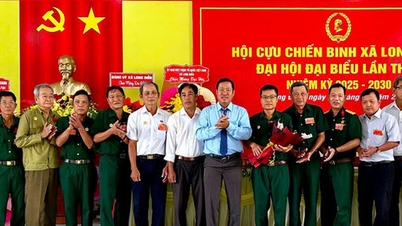
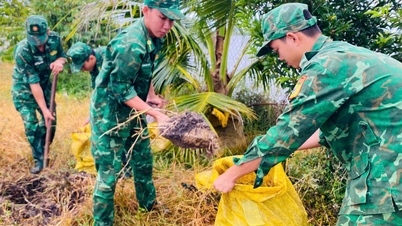
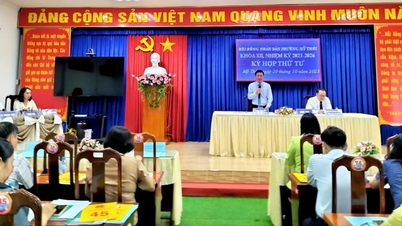
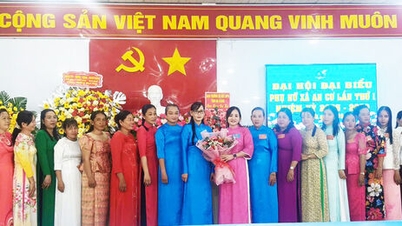
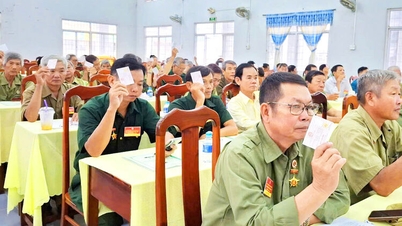
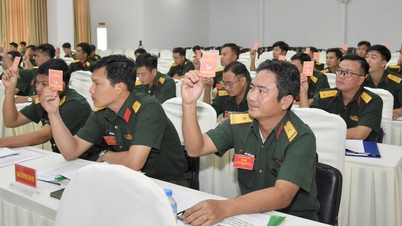




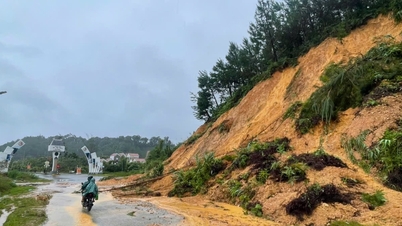

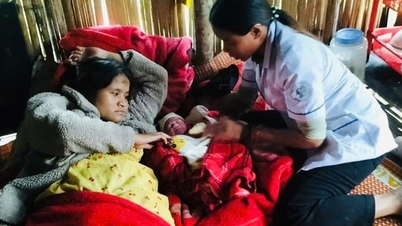

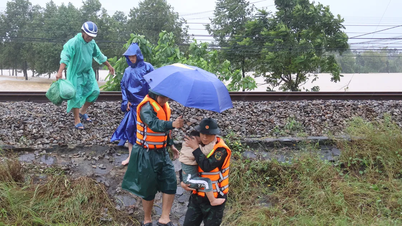
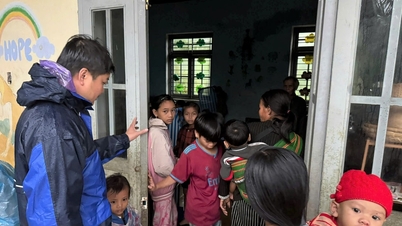




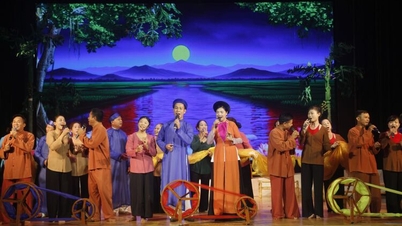
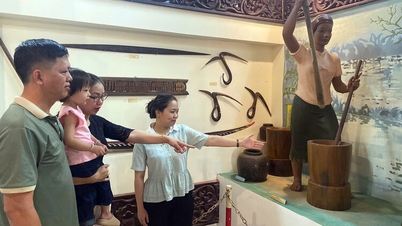
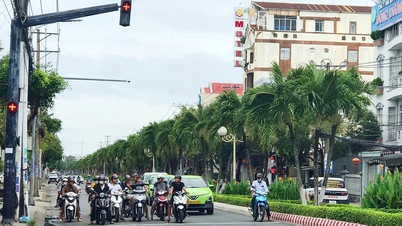
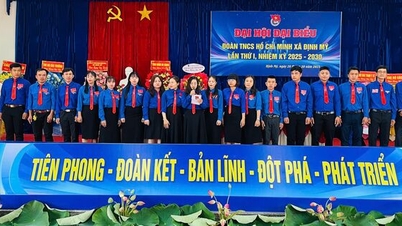

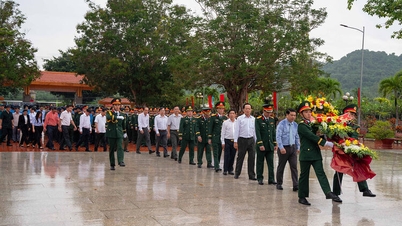
![[Photo] Draft documents of the 14th Party Congress reach people at the Commune Cultural Post Offices](https://vphoto.vietnam.vn/thumb/1200x675/vietnam/resource/IMAGE/2025/10/28/1761642182616_du-thao-tai-tinh-hung-yen-4070-5235-jpg.webp)
























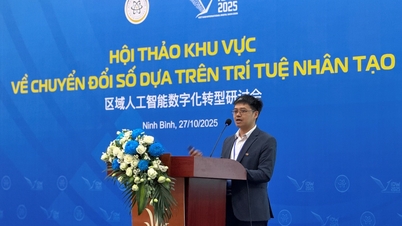

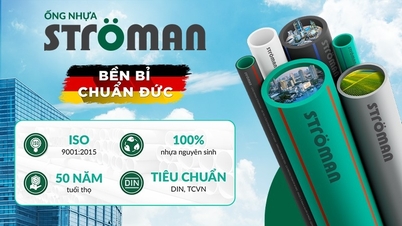









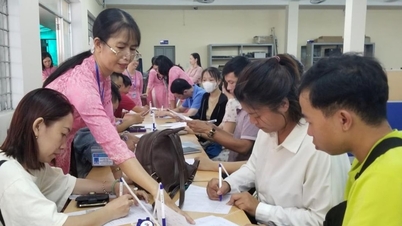


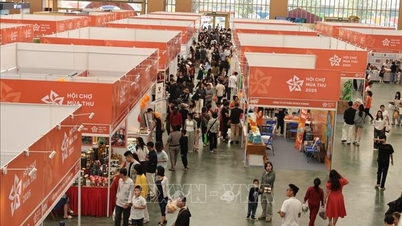






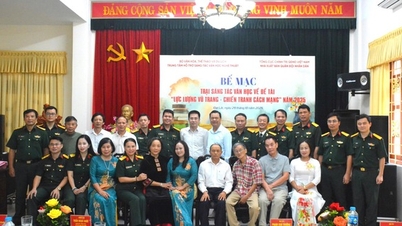



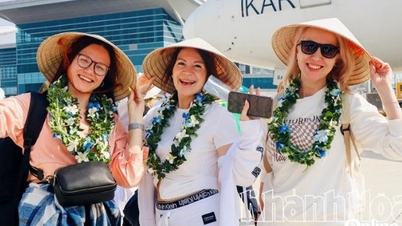
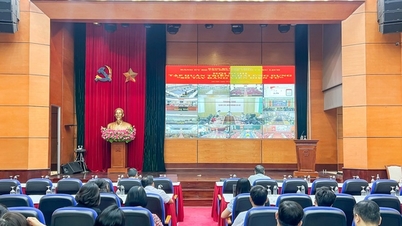
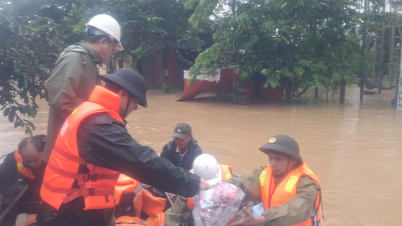
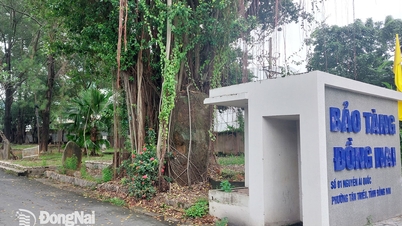

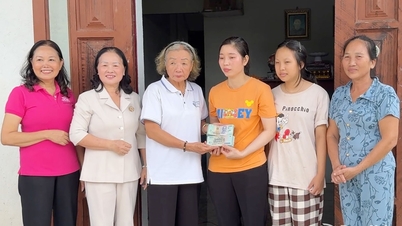
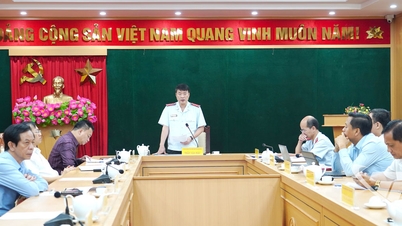










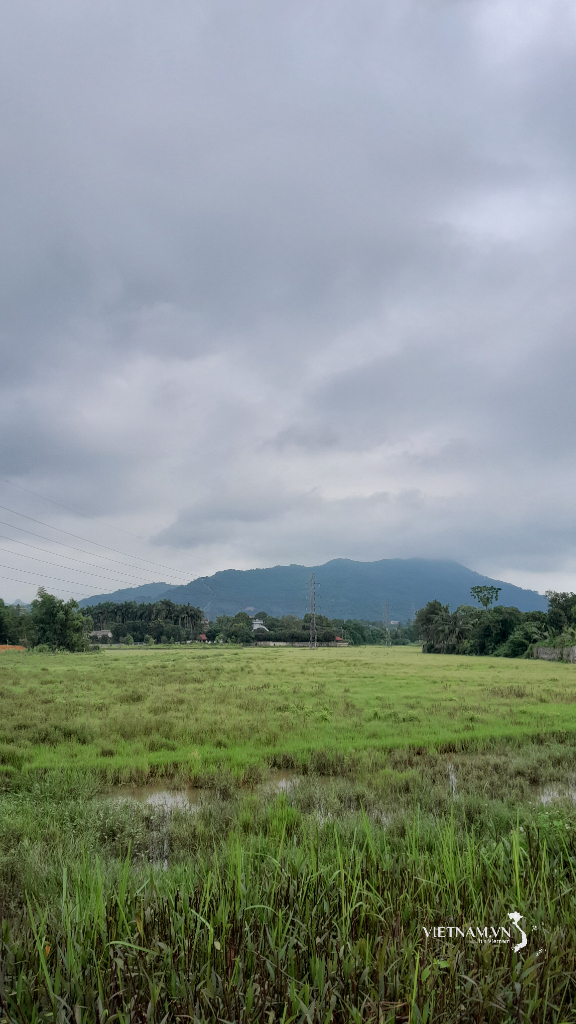



Comment (0)